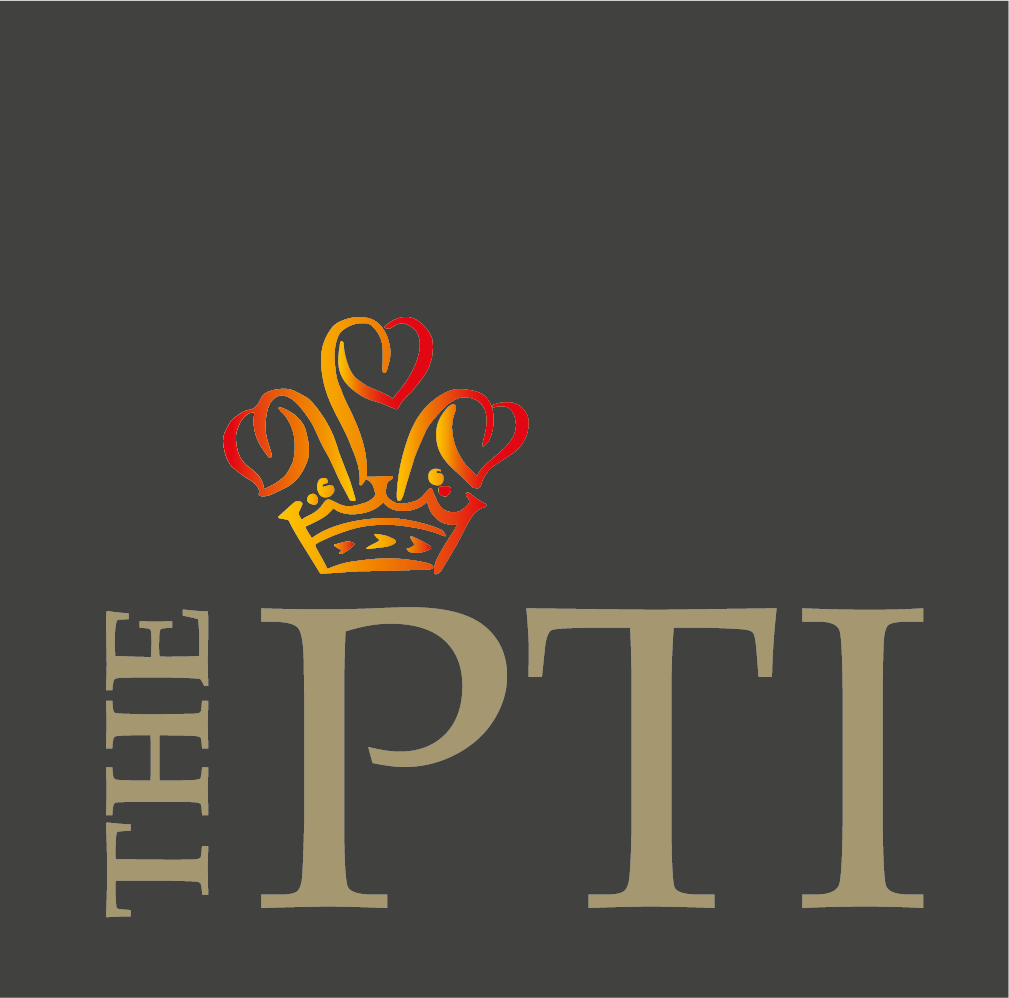Robert Clack is an 11-18 mixed comprehensive with 41% pupil premium and 37% EAL
Aim:
To introduce more rigour into teaching the new A Level from 2015 to improve results. To build students’ resilience to pursue reading academic texts independently.
Background:
The department had previously encouraged and made available academic reading lists, and the students who had taken the initiative to use these had produced more sophisticated arguments. However, this was not clearly embedded into schemes of work and was not compulsory. Literacy was an obstacle for many students, and many of them did not read outside of lessons.
Method:
Year 1:
The new A Level required students to focus on both the credibility of historians and the value of primary sources. Both these skills were embedded into the new schemes of work for both modules. Student voice surveys found that students were overwhelmed by the literacy barriers that were created by the standards of reading.
Year 2:
Several new A-Level teachers joined in Year 2 of the project and it was imperative to develop all practitioners’ ability to deliver the material along with being explicit with their use of historians. To help students with revision, a lecture series was planned and delivered and proved very popular with students. Lectures became a key component of the extra-curricular programme in Year 3.
Year 3:
To bridge the literacy gap, additional lessons and resources were created which could assist the new A Level cohort further. A specific homework reading pack which students had to complete by the end of Year 12 was introduced. This pack included articles and chapters, along with specific questions to guide the notes students made and prompts to pull out the historians’ arguments. Coupled with this was a glossary of topic-specific language. The lecture series was developed further. Students were handed lecture slides to make notes on and these were then referred to in lessons as a clear point of recall.
Evidence:
Student voice, exam and coursework results, staff feedback
Impact:
Student voice showed that students found the extracurricular activities valuable to their learning, and a culture of extracurricular History emerged, with several students asking “what is it today?” Or “is there any preparatory reading for tomorrow”. A-Level results for 2017 were very positive, 74% of students achieved A-B, 95% achieved A-C and 100% passed. Literacy is still a barrier however, and students who did not exert the effort inevitably struggled.
Reflections:
We have learnt that it is realistic and attainable to stretch and challenge A-Level students beyond exam specifications. It has also shown us that through pushing the students we are also developing our substantive knowledge and delivery of A-Level teaching.
The fact that we now had students purposely asking about extracurricular History was an indicator to us that we had succeeded in our aims for this project. There were also several instances of students sending direct emails to the historians they were evaluating in their coursework – further illustrating the engagement and buy-in students now had with academic history. The A-Level results at the end of Year 2 were a clear reflection of the hard work that had been put into the creation of the new rigorous schemes of work.
Contact:
Kathrine Staten kstaten@robertclack.co.uk
